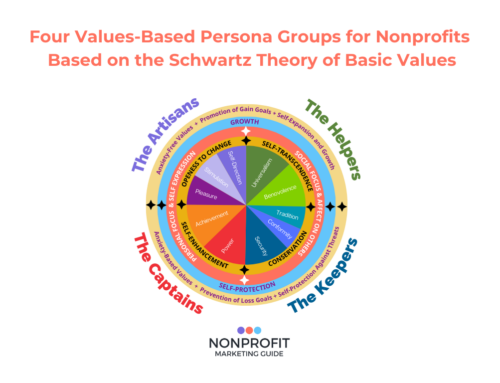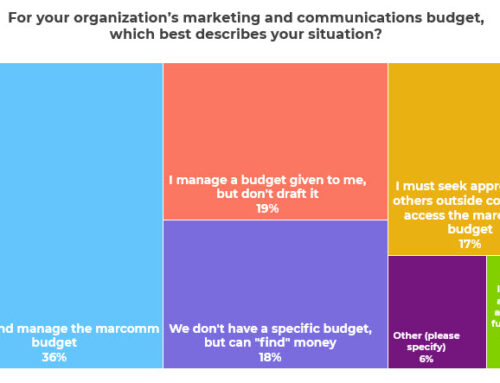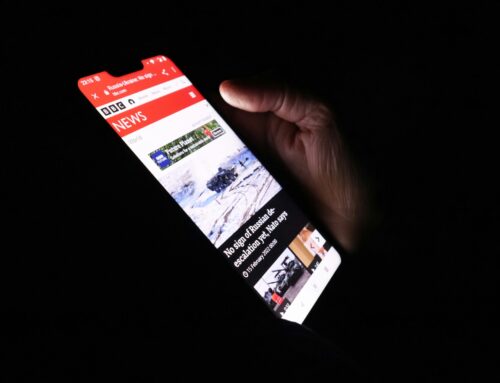
On Tuesday, Kristina shared some questions to help you create personas. Personas can be really helpful in guiding you toward the right kinds of content and the right communications channels.
But what if you are a solitary communications director working at an organization that runs many different types of programs and therefore you have multiple target audiences and therefore a dozen (or even two dozen) personas? At that point, the persona exercise becomes overwhelming and can defeat the whole purpose, which is to help you focus.
In these cases, considering empathy maps or journeys can be more useful. You can use them with or without personas.
An empathy map is a visual tool to help define or supplement your persona. Empathy maps come from “design thinking” and visually articulate how a particular type of person thinks and feels. It’s often created during a group exercise so that staff can empathize with the person they are serving or communicating with.
The map typically identifies the person in the center, with sections around the center labeled to identify what that type of person says, thinks, feels, and does during the day. Some empathy maps label these quadrants in slightly different ways, such as think, feel, see, say, do, hear, pain, and gain. Google “empathy map images” to see a variety of completed examples.
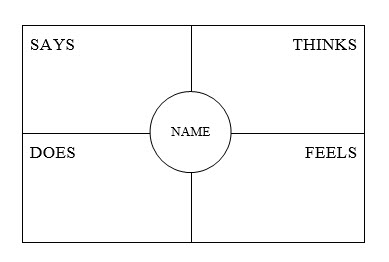
Very Basic Empathy Map
Journey maps are often split into external and internal journeys so that you can see what’s happening inside your organization with your staff as your personas are interacting with you from outside the organization. They can be as simple as a flowchart or drawn into something more akin to a path on a map. In this example, the “Stages of Change” are used to identify the different stages, but you could change these to whatever path people follow as they become more aware and engaged with your work.
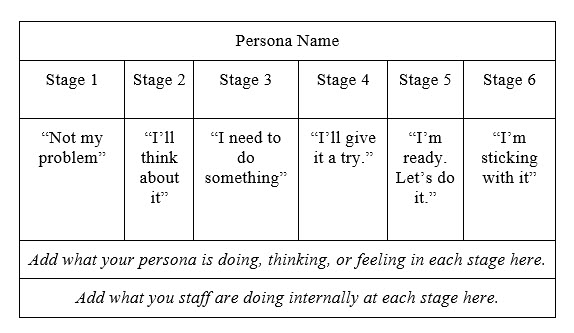
Very Basic Journey Map
If you would like some support developing personas, empathy maps, and/or journeys, we are hosting a Jump Starter workshop for our All-Access Pass Holders on August 30, 2022.

